Are you kicking off the new year with a new, fun hobby? Maybe you've toying around with getting started with watercolor?
Pssst…if you prefer a visual component to this with helpful videos, download my “Complete Beginner’s Guide to Watercolor” ebook here!
When I first started watercolor painting, a whole world of magic opened up for me. This medium is so incredibly fun to work with and over the last ten years of being a professional artist, writing three best-selling how-to watercolor books and teaching thousands and thousands of people the wonderful world of watercolor painting…I’ve learned some things! Watercolor painting is a form of painting that uses water-based solutions to mix the colors.
Here's a basic guide to get you started:
Getting Started With Watercolor in 7 Steps
1. Materials Needed:
Watercolor Paints: These come in tubes or pans (small cakes of paint). I prefer working from tubes vs. pans because it can be difficult to keep your colors clean with the small pans of paint. Check out my favorite paints and my full list of favorite supplies on Amazon or on Blick!
Related: Ultimate Guide to Watercolor Paints
Brushes: Watercolor brushes are specifically designed to hold water. They come in various shapes and sizes. A good starter set might include a large, medium, and small round brush, a nice big mottler or wash brush and a filbert brush. Synthetic Sable hair is my preferred hair for watercolor brushes.
Related: Ultimate Guide to Watercolor Brushes
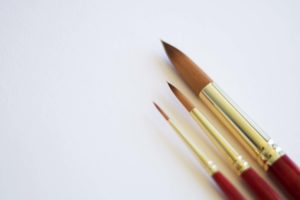
Paper: Watercolor paper is thicker than regular paper and is designed to absorb water without warping. It comes in different textures and weights.
Related: Ultimate Guide to Watercolor Paper
Water and Palette: You'll need water to mix and dilute your paints, and a palette (even a plastic plate can work) to mix colors on.
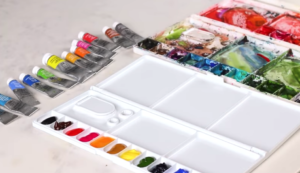
Other Accessories: Paper towels or rag, a pencil, and an eraser are also handy.
2. Basic Techniques:
Wet on Wet: This involves applying wet paint to wet paper, which allows for smooth blending and soft edges.
Wet on Dry: Painting wet paint onto dry paper gives you more control and results in sharper edges.
Dry on Dry: Using a dry brush on dry paper is great for texture and detail.
Layering: Watercolors are transparent, so you can layer colors over each other to create depth and shadows.
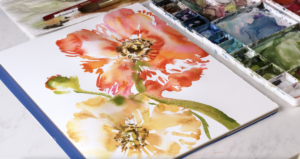
3. Mixing Colors:
Mixing colors in watercolor painting is both an art and some science. It's about understanding the relationships between colors (color theory) and learning how to manipulate them with water.
Understanding the Color Wheel:
Primary Colors: Red, blue, and yellow. These colors cannot be made by mixing other colors.
Secondary Colors: Green, orange, and purple. These are made by mixing two primary colors (e.g., blue and yellow make green).
Tertiary Colors: Created by mixing a primary color with a secondary color next to it on the color wheel (e.g., red-orange, yellow-green).
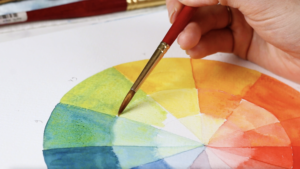
Mixing Colors:
- Start with a small amount of your base color.
- Slowly add the color you want to mix into it.
- Use a palette knife, brush, or even the back of a brush to mix the colors thoroughly.
- Test the color on a scrap piece of watercolor paper to see how it looks when applied.
Controlling the Hue:
- To change the hue, adjust the ratio of the two colors you're mixing.
- Adding more of one color will shift the hue closer to that color.
Adjusting the Value:
- The value of a color is how light or dark it is.
- Add water to lighten the value of a color. The more water you add, the lighter the color becomes.
- To darken a color, you can add a bit of its complementary color (the color opposite it on the color wheel) or use less water.
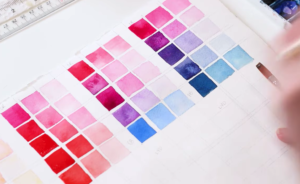
Understanding Transparency and Opacity:
- Watercolor's unique feature is its transparency.
- By adjusting the amount of water, you can control the transparency of the color.
- Some pigments are naturally more opaque than others. Experiment to see how they behave.
Experimentation is Key:
- Don’t be afraid to experiment with different color combinations.
- Keep a scrap piece of watercolor paper handy to test out your mixes before applying them to your main painting.
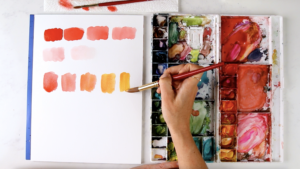
Creating Neutrals and Complex Colors:
- Neutral colors like greys and browns can be made by mixing complementary colors (e.g., red and green).
- You can also create complex colors by layering different colors on top of each other on your paper.
Keep It Clean:
- Clean your brush thoroughly when switching between colors to avoid muddy colors.
- Have two jars of water: one for washing your brush and the other for mixing clean colors.
Related: Understanding Color Temperatures and Undertones: A Comprehensive Guide
Watercolor is about finding the right balance of water and pigment. Watch my deep dive video on this topic on my YouTube Channel…if you struggle with hardlines and water control, this video will help a LOT!
4. Practice Washes:
A wash is a foundational technique in watercolor painting. It involves painting a uniform area with a single color. There are two main types: a flat wash (even color across the area) and a graded wash (color gradually changes in tone).
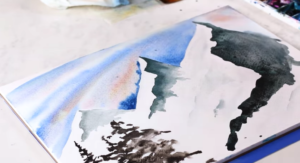
5. Experiment with Water:
The amount of water you use can drastically change the appearance of your painting. More water means lighter, more transparent colors, while less water makes colors bolder and more opaque.
6. Practice Makes Perfect:
Watercolor painting, just like anything else requires practice. Start with simple shapes and practice different techniques.
7. Embrace Mistakes:
Watercolor is a fluid and unpredictable medium, which can lead to unexpected results. This is part of its charm! Don't be afraid to experiment and learn from mistakes!
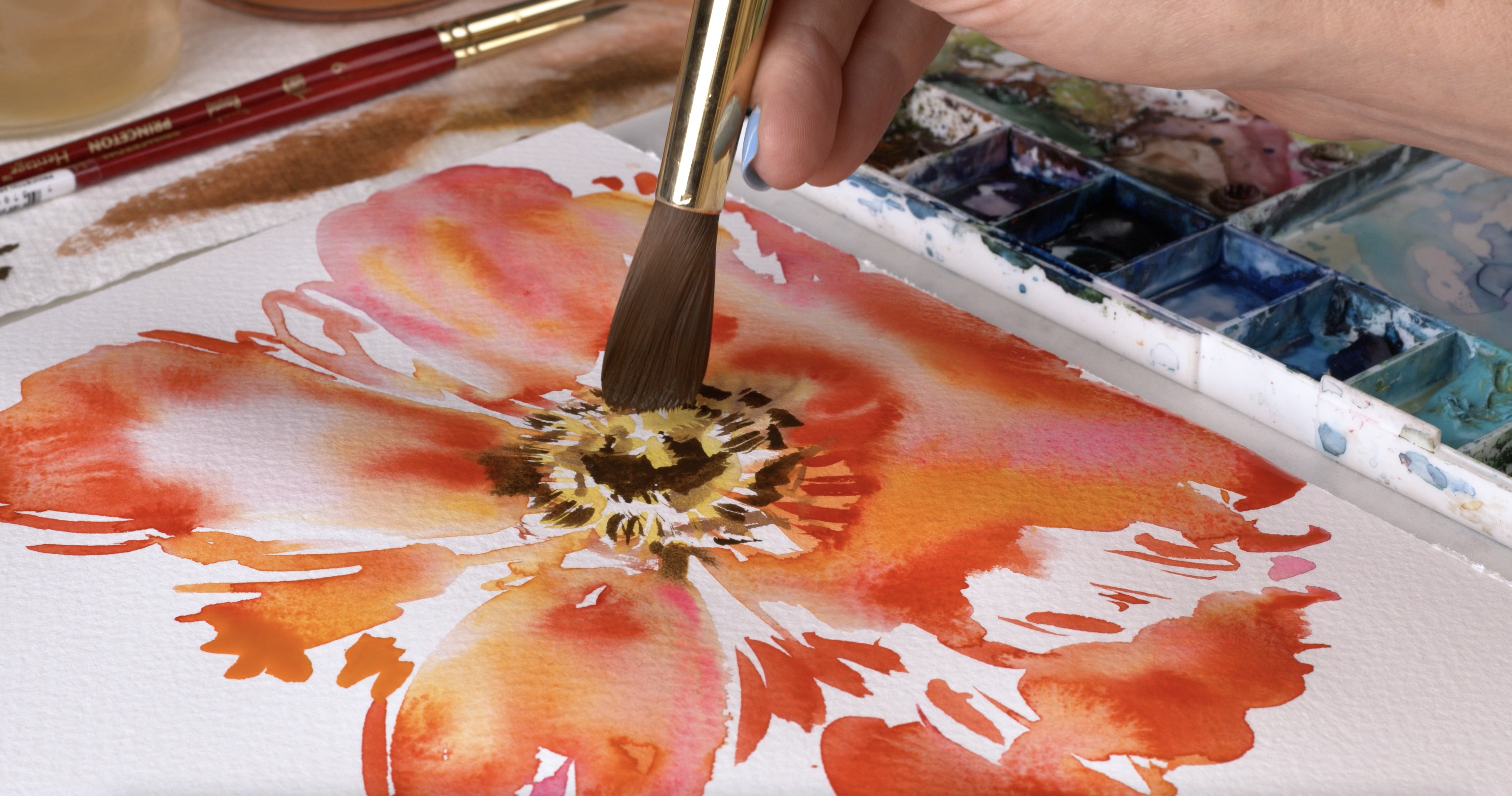
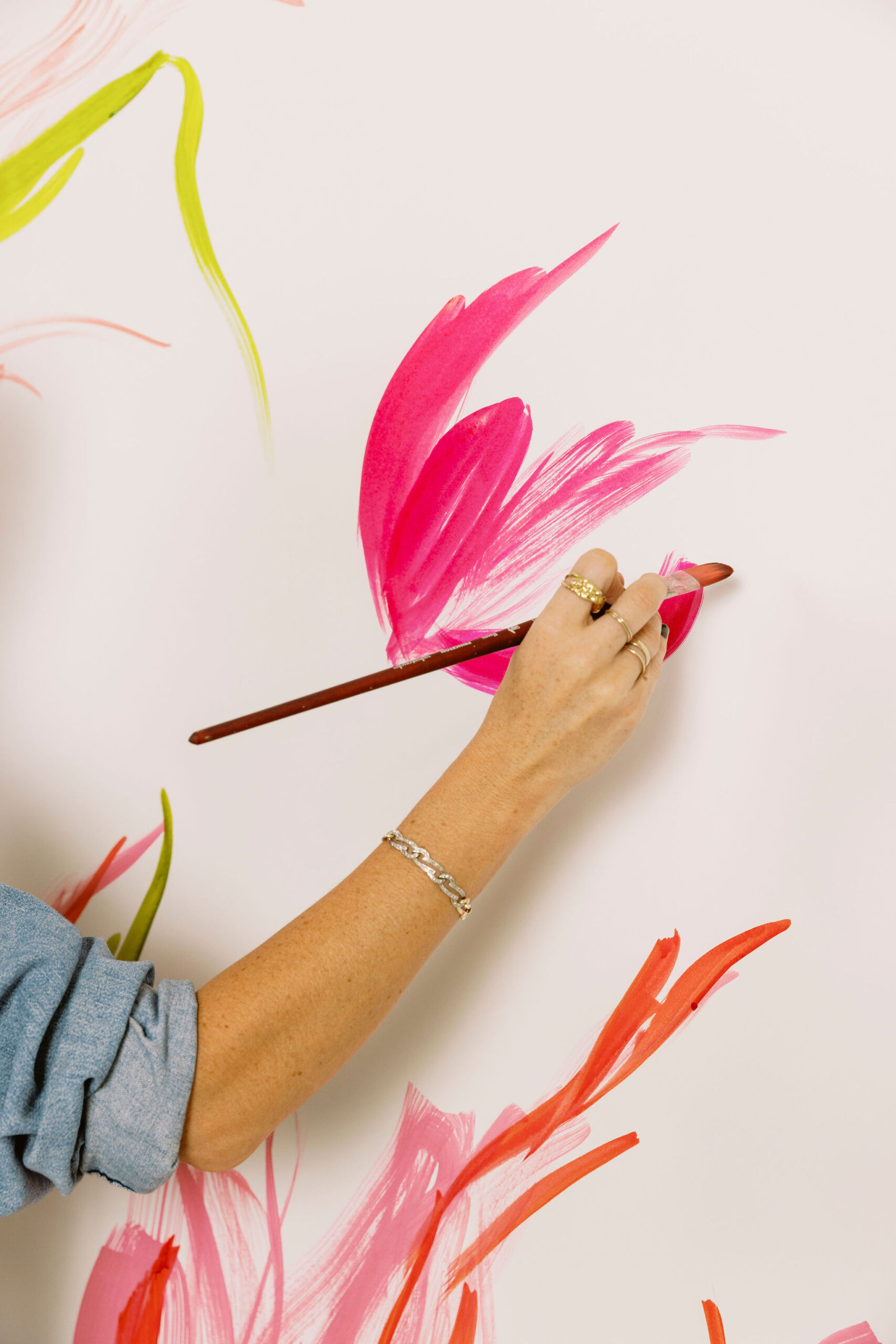
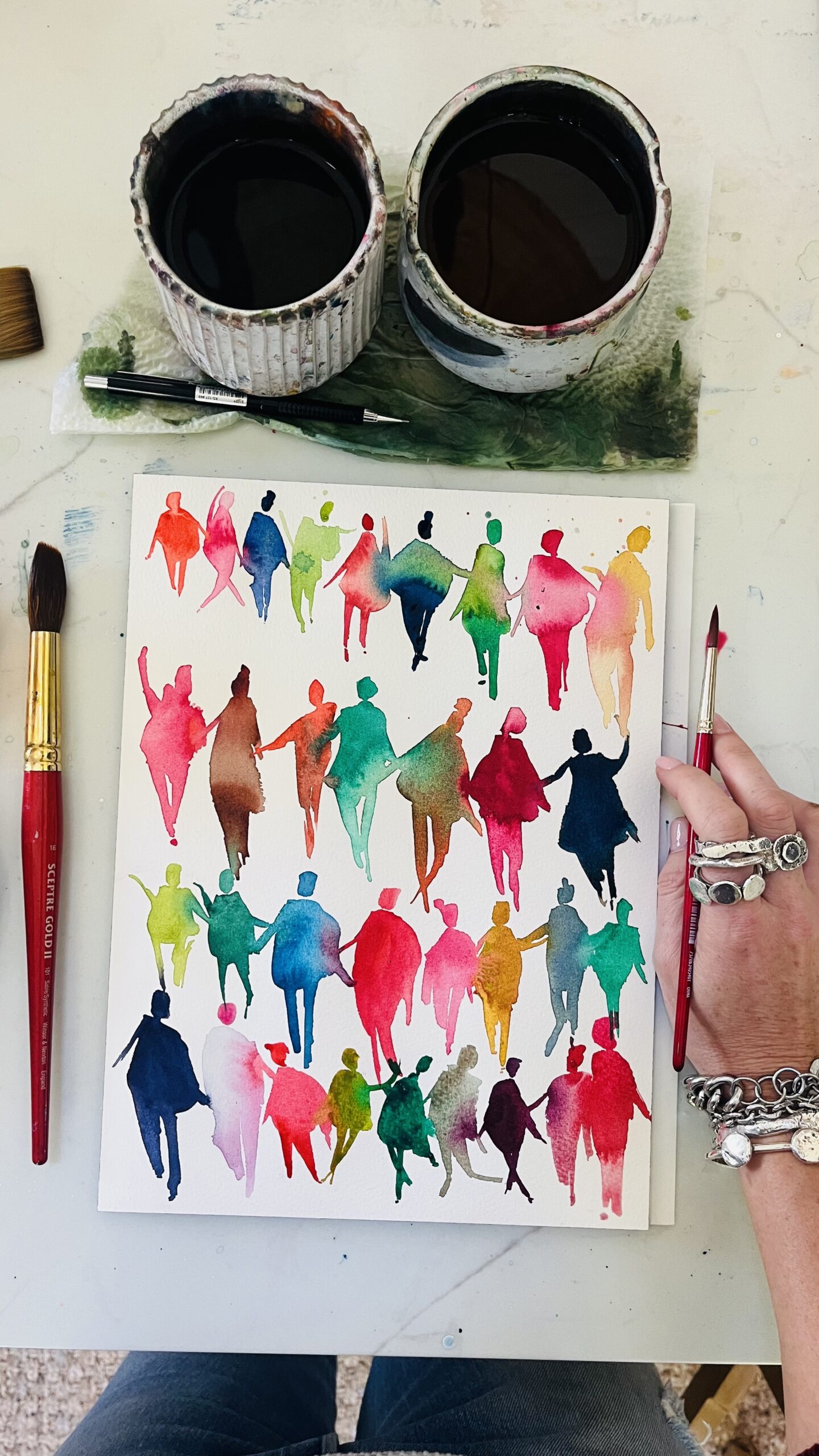
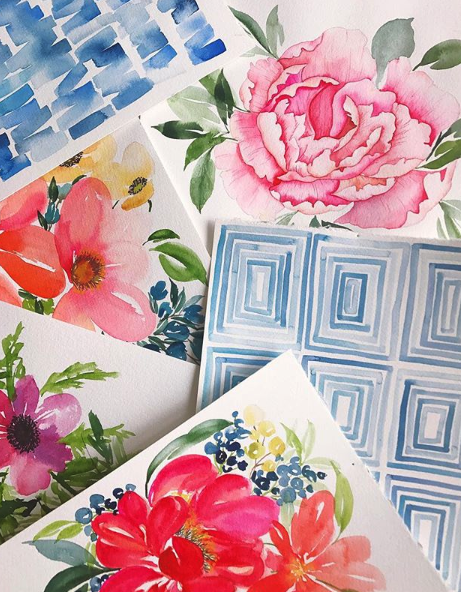
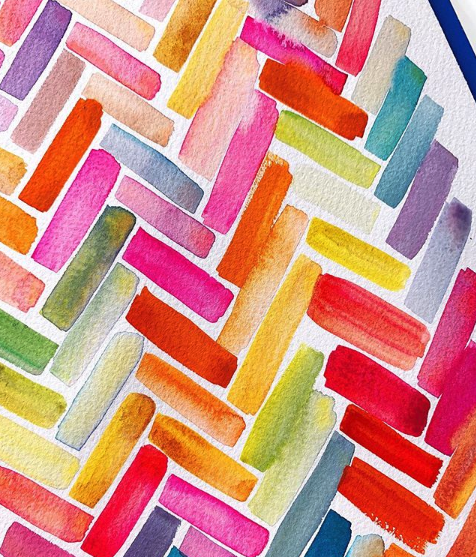
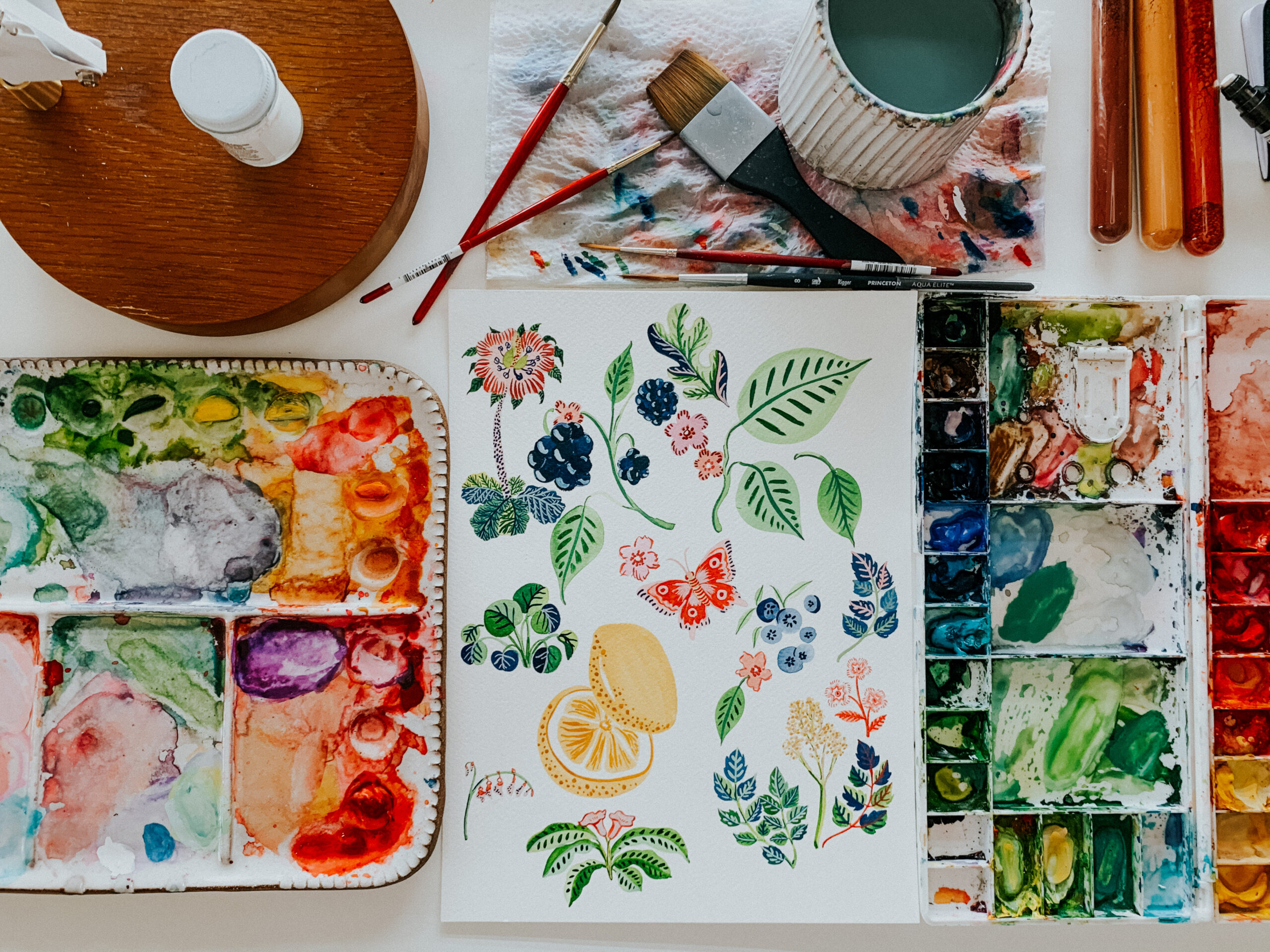
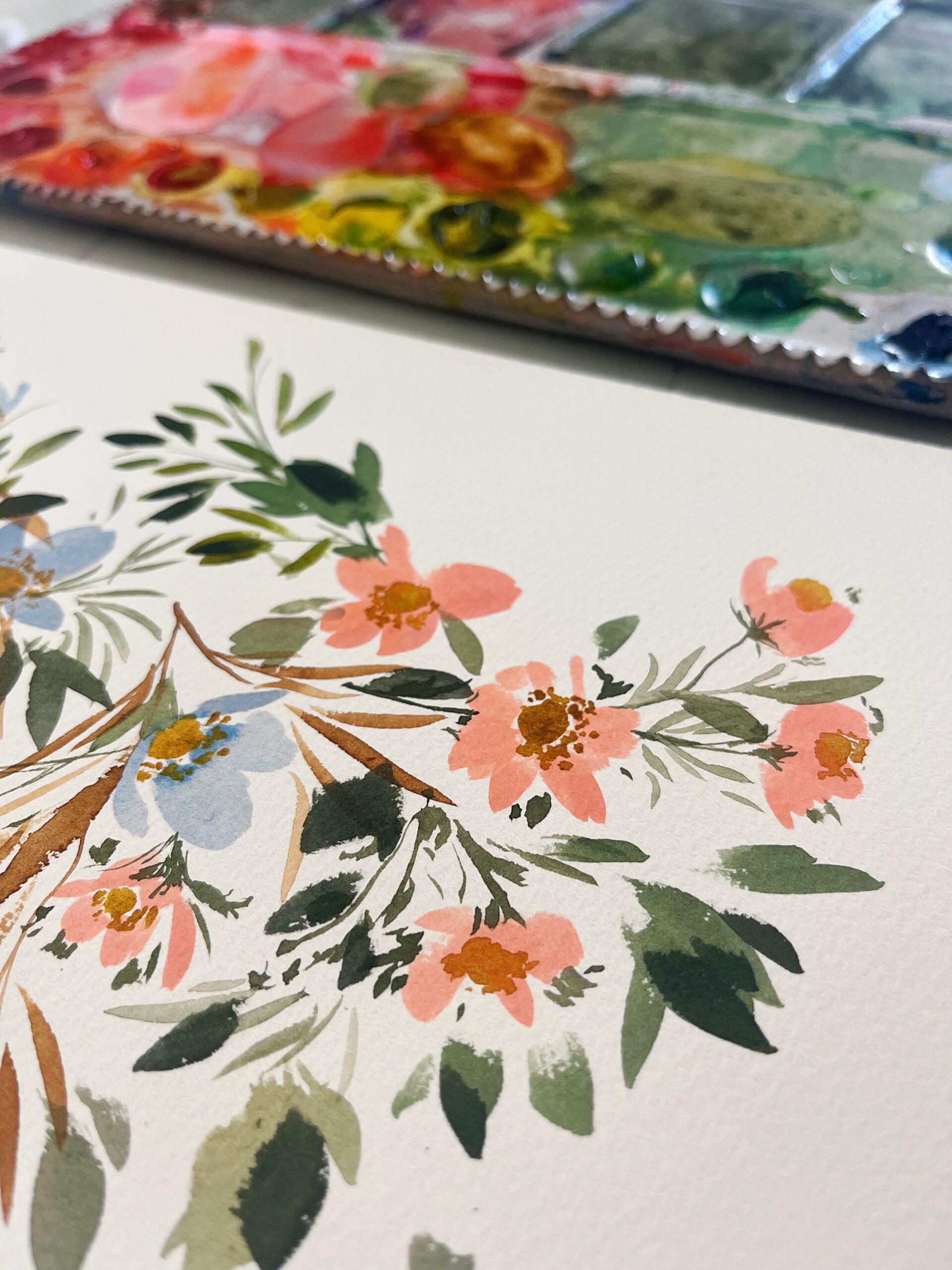
+ show Comments
- Hide Comments
add a comment